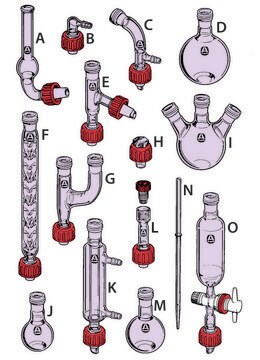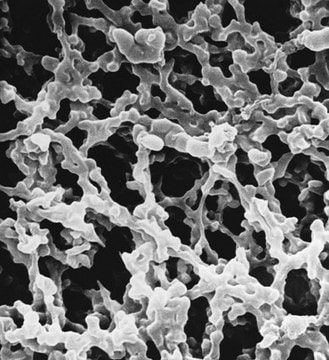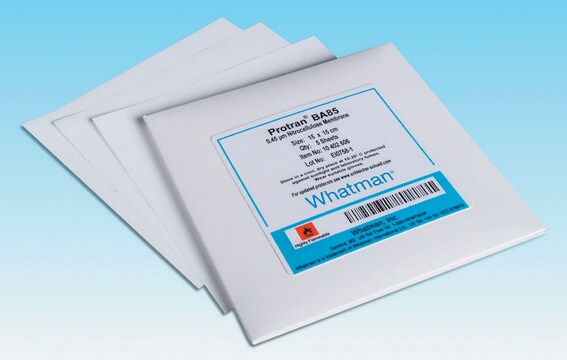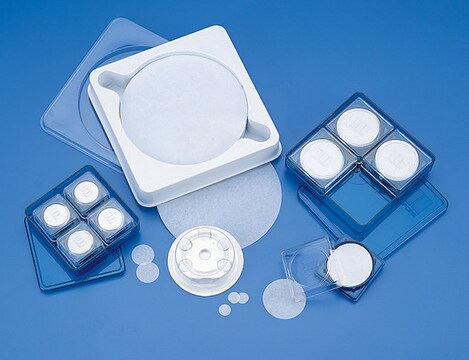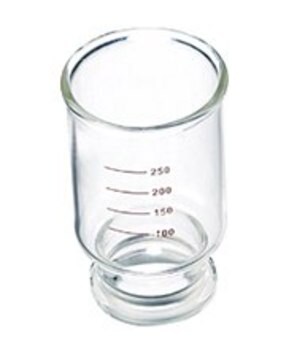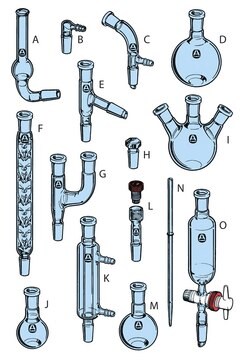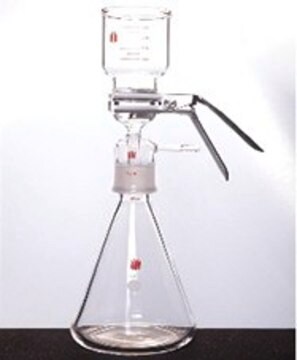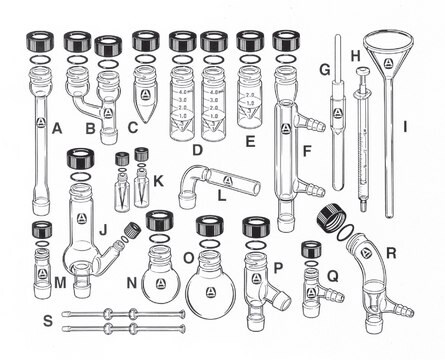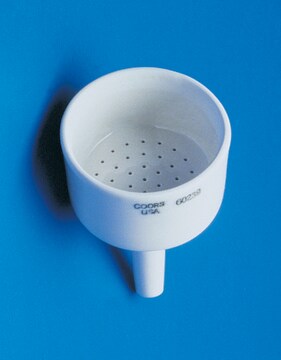WHA7182014
Whatman® nitrocellulose NC20 filter discs 0.2 μm pore size
white, hydrophilic, 25 ea, 142mm diam
Sinonimo/i:
Whatman filter, Z745979, membrane filters, syringe filter
Autenticatiper visualizzare i prezzi riservati alla tua organizzazione & contrattuali
About This Item
Codice UNSPSC:
40161507
NACRES:
NB.24
Prodotti consigliati
Nome del prodotto
Whatman® nitrocellulose membrane filters,
Confezionamento
pkg of 25 ea
Produttore/marchio commerciale
Whatman Article No. 28420737 (US reference)
Cerchi prodotti simili? Visita Guida al confronto tra prodotti
Caratteristiche e vantaggi
- Narrow pore size distribution for improved surface capture and analysis.
- Low levels of extractables to ensure sample integrity.
Altre note
Field of Use : For internal research use only. Products are not intended for diagnostic use or resale.
Note legali
Whatman is a registered trademark of Cytiva
Avvertenze
Warning
Indicazioni di pericolo
Consigli di prudenza
Codice della classe di stoccaggio
11 - Combustible Solids
Scegli una delle versioni più recenti:
Certificati d'analisi (COA)
Lot/Batch Number
Ci dispiace, ma al momento non ci sono COA disponibili online per questo prodotto.
Se ti serve aiuto, non esitare a contattarci Servizio Clienti
Possiedi già questo prodotto?
I documenti relativi ai prodotti acquistati recentemente sono disponibili nell’Archivio dei documenti.
Dori M Landry et al.
Genes & development, 23(23), 2753-2764 (2009-12-03)
Most eukaryotic mRNAs are translated using a cap-dependent mechanism of translation. However, approximately 10% of mammalian mRNAs initiate translation using a cap-independent mechanism that is not well understood. These mRNAs contain an internal ribosome entry site (IRES) located in the
Il team dei nostri ricercatori vanta grande esperienza in tutte le aree della ricerca quali Life Science, scienza dei materiali, sintesi chimica, cromatografia, discipline analitiche, ecc..
Contatta l'Assistenza Tecnica.